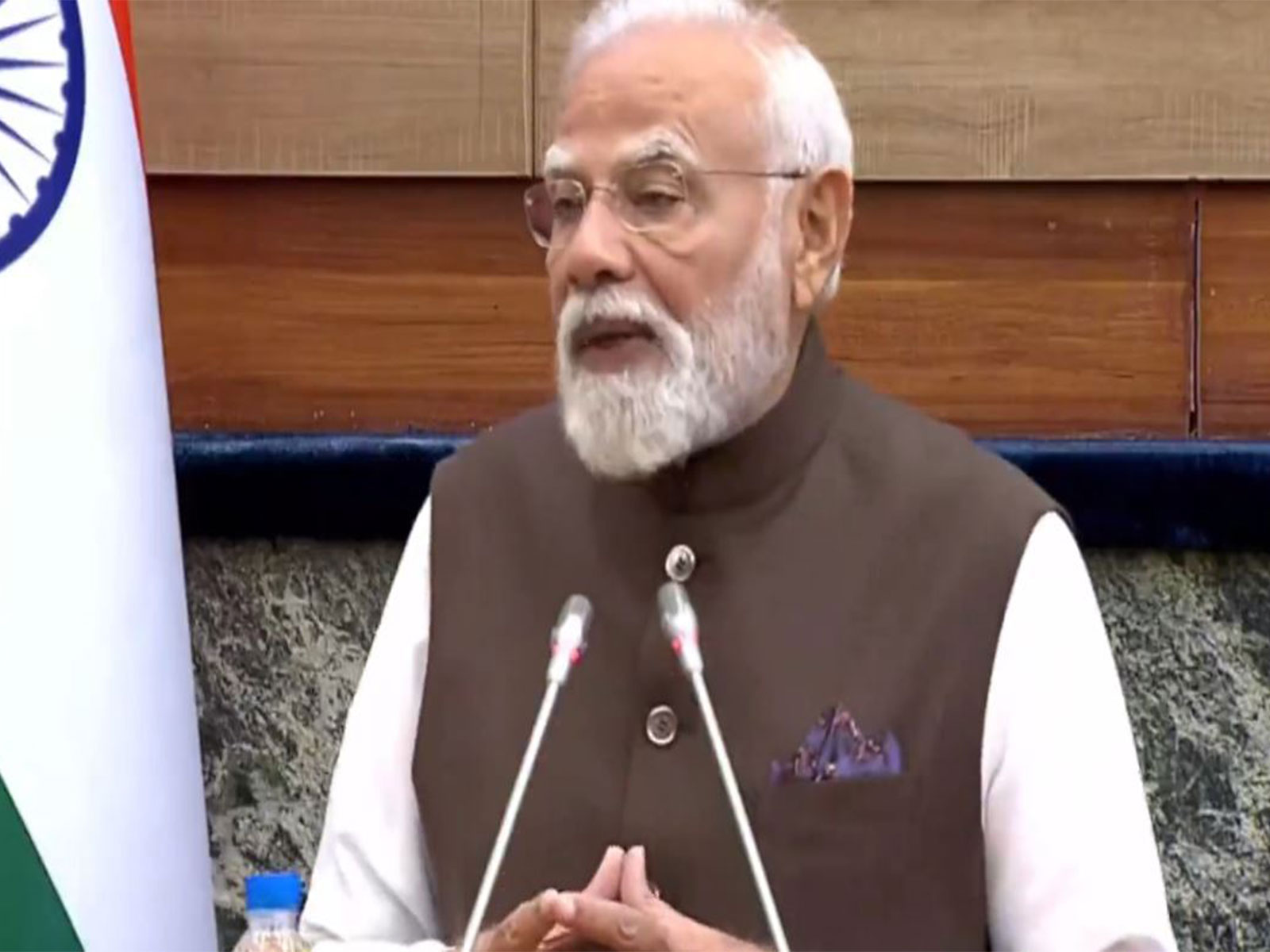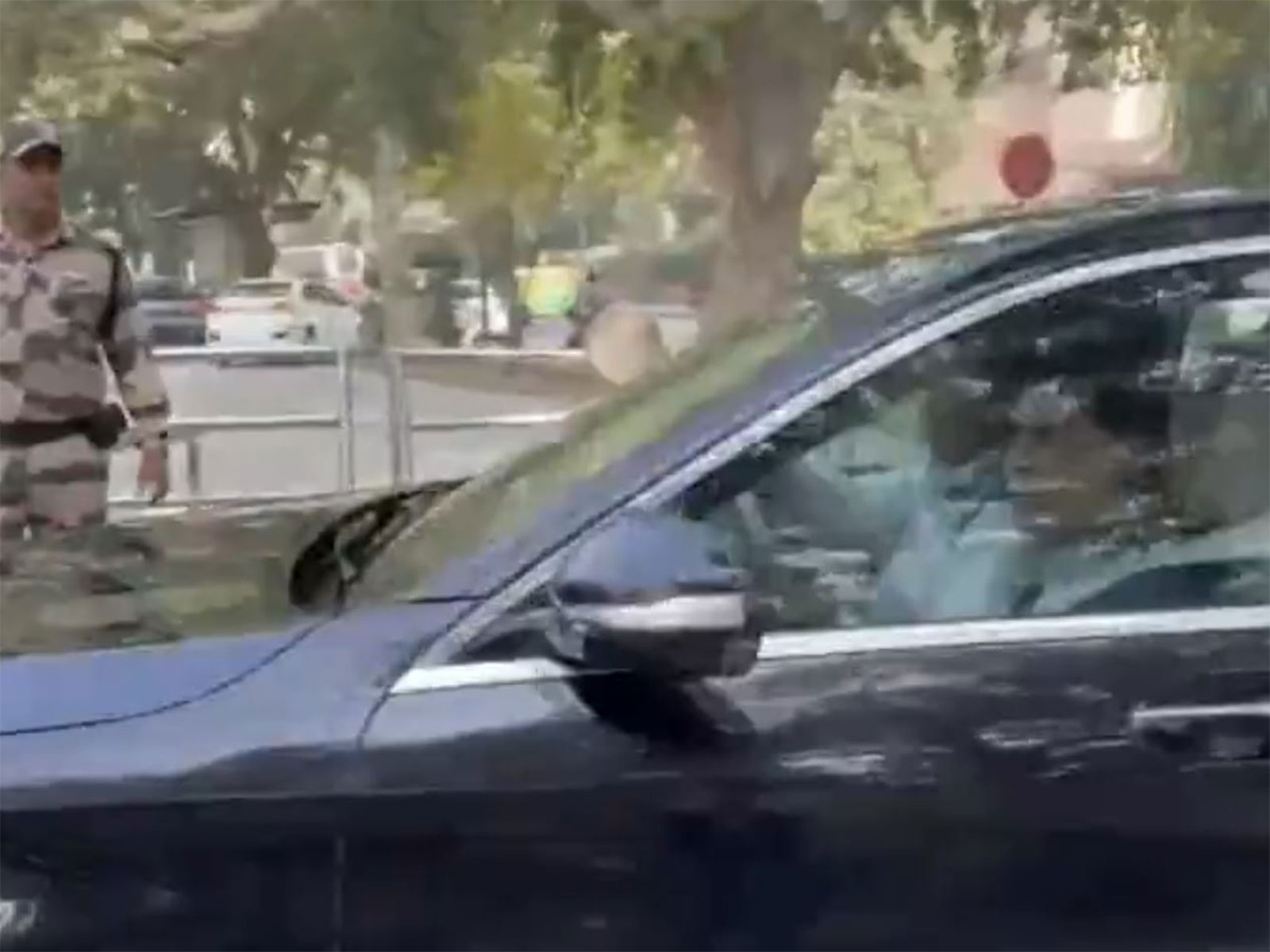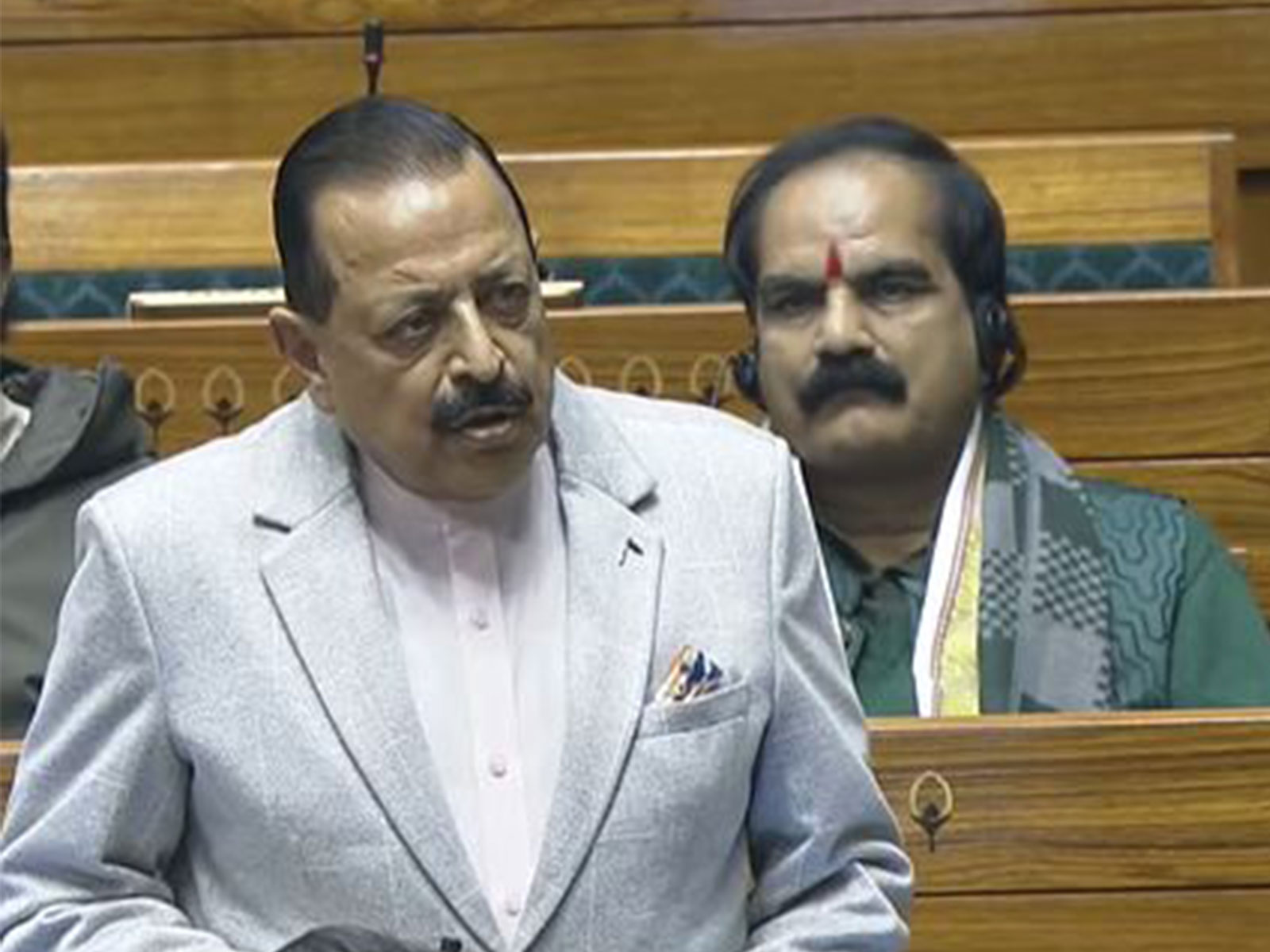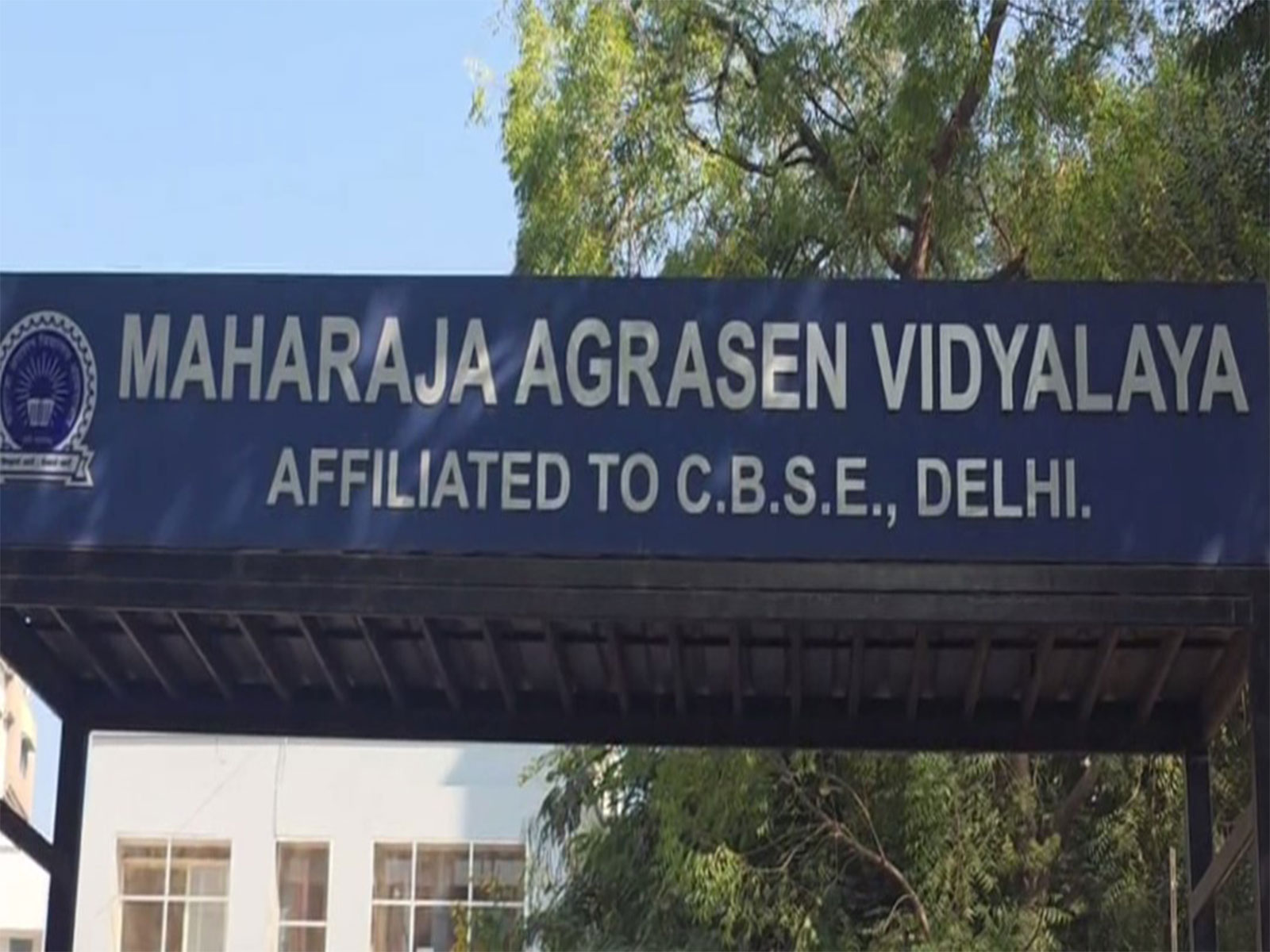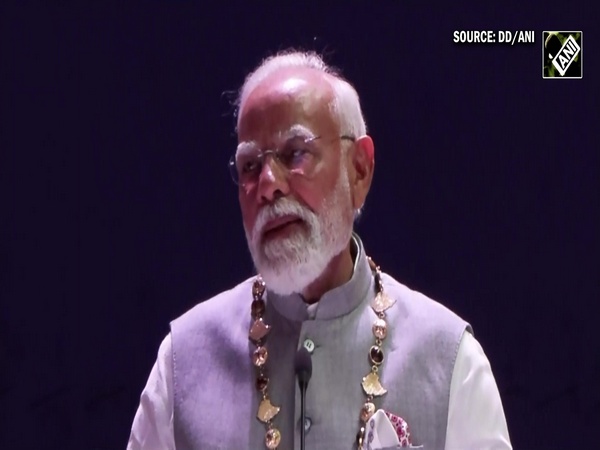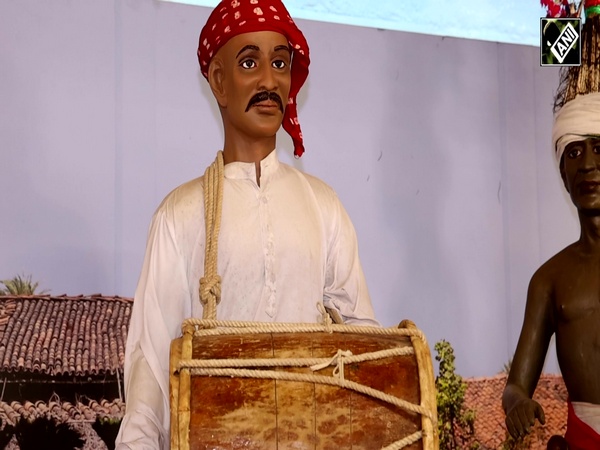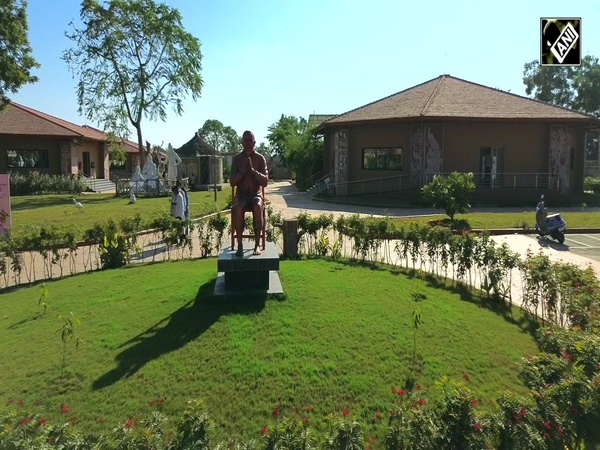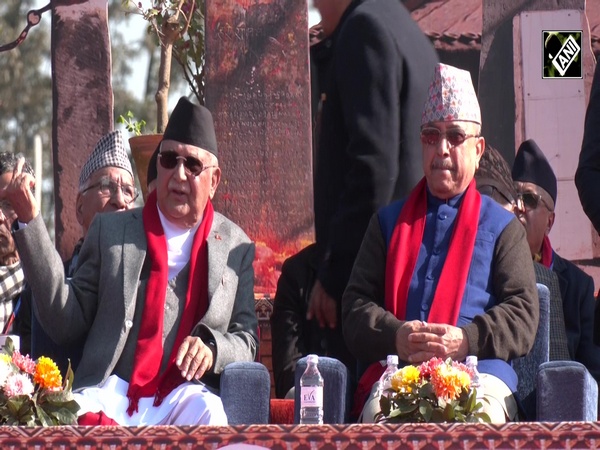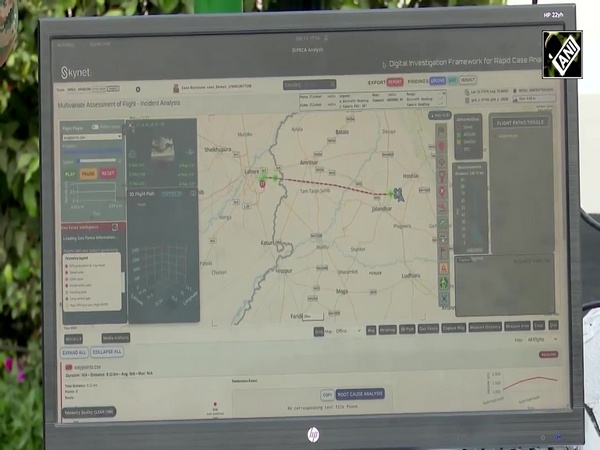Ceremonial arrangements at UK royal residences as 7-decade reign of Queen Elizabeth II ends
Sep 09, 2022

London [UK], September 9 : A period of royal mourning, following the death of Queen Elizabeth II, will be observed from now until seven days after the Queen's funeral, the date of which will be confirmed by the Royal Family in due course.
Royal mourning will be observed by members of the Royal Family, Royal Household staff and representatives of the Royal Household on official duties, together with troops committed to ceremonial duties, the Royal Family said in a statement.
Flags at royal residences were half-masted on Thursday and will remain half-masted until 0800 hrs on the morning after the final day of royal mourning. The half-masting of flags at royal residences does not apply to the Royal Standard and the Royal Standard in Scotland when the King is in residence, as they are always flown at full mast.
Guidance on flags at other public buildings has been issued by the Department for Culture, Media and Sport. Royal Salutes have been fired in London today at 1300 hrs BST in Hyde Park by the King's Troop Royal Horse Artillery and at the Tower of London by the Honourable Artillery Company. One round will be fired for each year of the Queen's life.
Royal residences will close until after the Queen's Funeral. This includes -- The Queen's Gallery and the Royal Mews at Buckingham Palace, and The Queen's Gallery in Edinburgh. Balmoral Castle and Sandringham House, the Queen's private estates, will also close for this period. In addition, Hillsborough Castle, the sovereign's official residence in Northern Ireland, will be closed.
Following the death of Her Majesty The Queen, guidance has been given to members of the public who wish to leave floral tributes at royal residences. At Buckingham Palace, members of the public will be guided to lay floral tributes at dedicated sites in The Green Park or Hyde Park.
As the longest-serving monarch of the UK, Queen Elizabeth II died on Thursday her seven-decade-long reign came to an end. It has triggered questions regarding further proceedings and the transition of powers. According to a professor of British and Commonwealth history at the University of London, Philip Murphy, the Whitehall started the planning process about what would happen when the Queen dies from the time she became one, New York Times reported.
"Much of it has been planned down to the minute, and some things have already fallen into place," he said, adding that the transition of power will be automatic as the throne cannot be left vacant and whoever succeeds her becomes king of Canada, king of Australia, king of Tuvalu.
Upon her death, Prince Charles becomes King Charles III, as per media reports.
Moreover, the national anthem of Britain will now again shift back to "God Save the King" as the British Queen breathed her last on Thursday at Balmoral castle in Scotland, according to NYT.
According to protocol, Charles will make four traditional public statements taking up the new role and will give a personal and political inaugural declaration at the first meeting of the Privy Council.
Moreover, Charles will also make a statutory oath to uphold the Church of Scotland during the meeting of the council and confirm the timing of the queen's funeral. The day of the funeral has not been confirmed yet by the Royal family.
Lastly, Charles will take the Coronation Oath following which a proclamation will be read, declaring the reign of the new king, the New York Times reported. The UK authorities had devised Operation London Bridge to manage events during the first 10 days between the Queen's death and the funeral. They had thought of Operation Unicorn in case the queen died in Scotland.
As per the documents seen by The Politico, Thursday was declared as "D-Day" and each following day leading up to the funeral will now be referred to as "D+1," "D+2" till the tenth of the Queen's death.
As per one official memo, the code for conveying the message of the Queen's death is "London bridge is down," following which a vast security operation to manage crowds and travel chaos is planned to be carried out.
Ten days after the Queen's death, newly-appointed UK Prime Minister Liz Truss will be the first member of the government to make a statement.
The state funeral will be held at Westminster Abbey and there will be a committal service in St. George's Chapel at Windsor Castle. Thereafter, Queen Elizabeth II will be buried in the castle's King George VI Memorial Chapel. The Queen was born on April 21, 1926, at 17 Bruton Street in Mayfair, London. She was the first child of The Duke and Duchess of York - who later became King George VI - and Queen Elizabeth.
